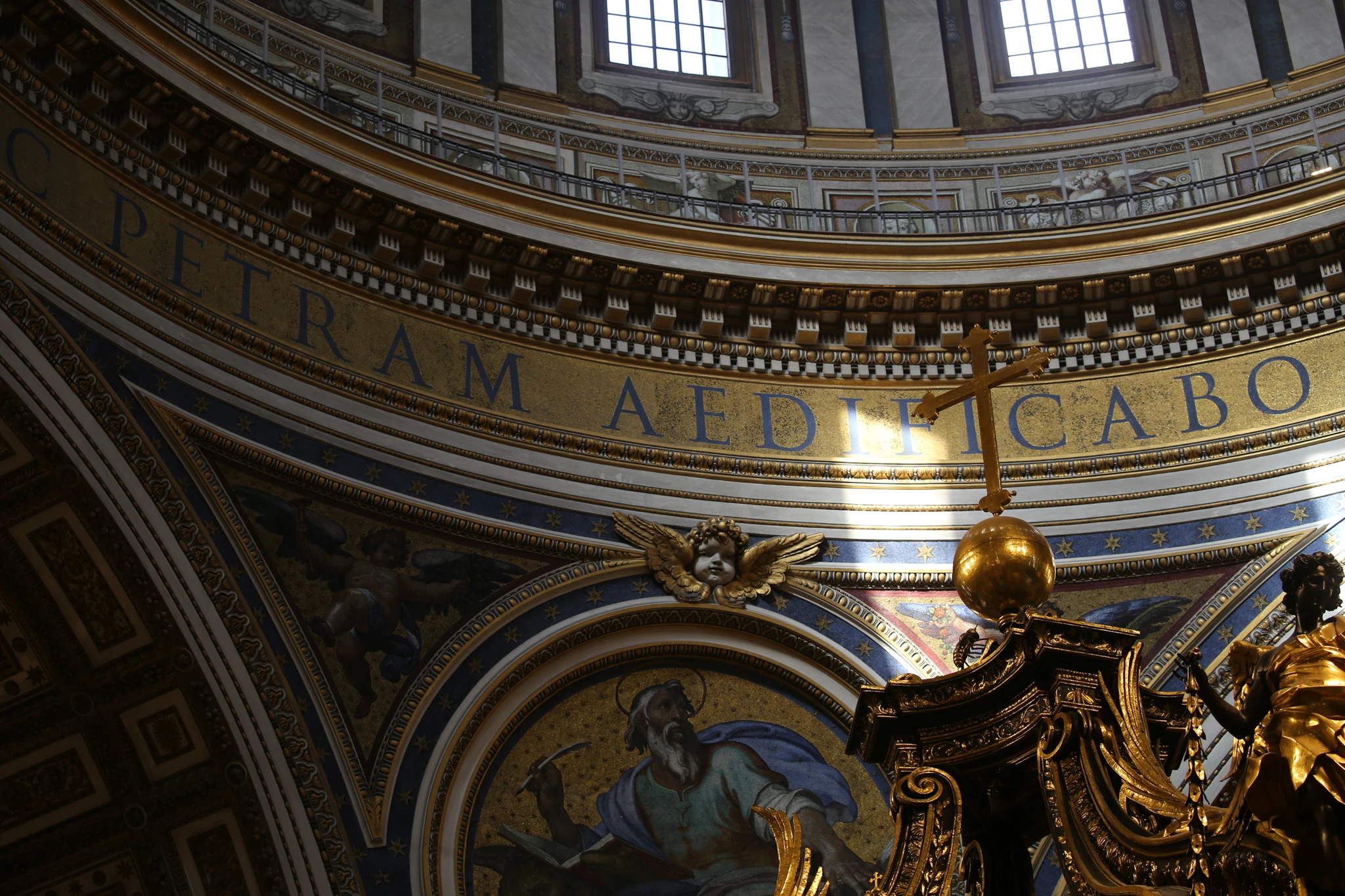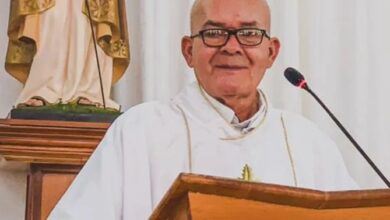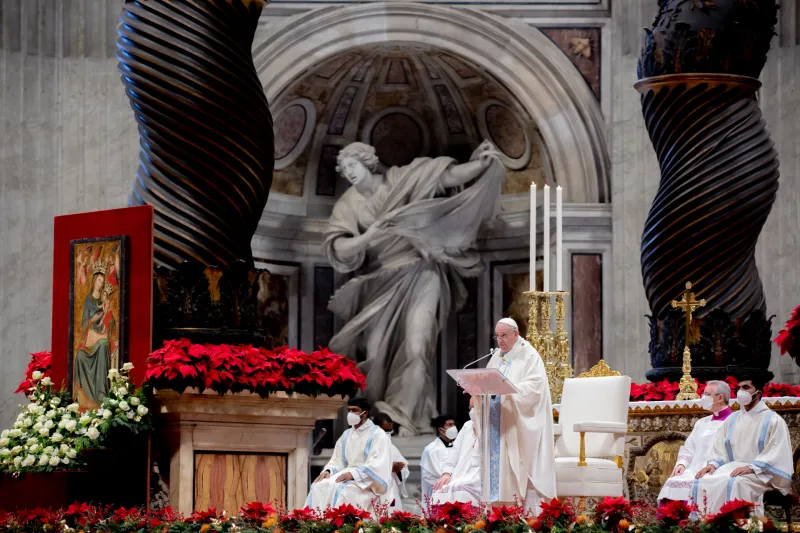Washing of feet at Vatican highlights Holy Thursday call to reject world that ‘betrays’ for profit
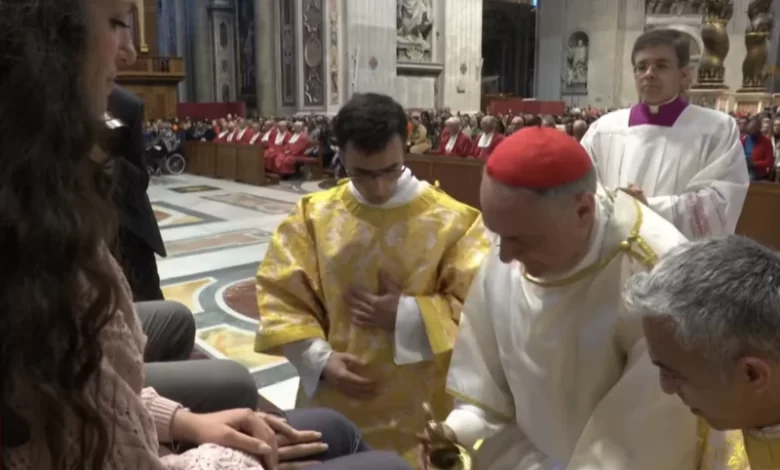
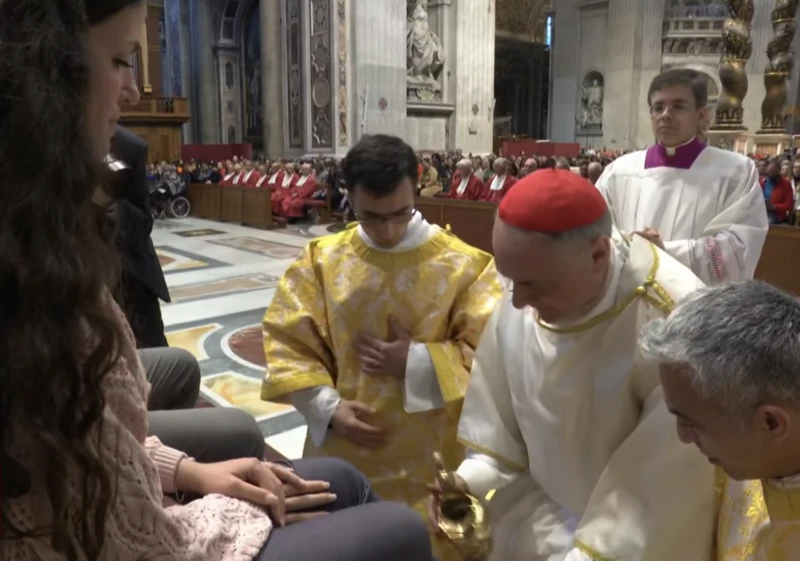 Cardinal Mauro Gambetti performs the washing of feet ritual for laypersons during the Holy Thursday Mass in St. Peter's Basilica, Vatican City, April 17, 2025. / Vatican Media / Screenshot
Cardinal Mauro Gambetti performs the washing of feet ritual for laypersons during the Holy Thursday Mass in St. Peter's Basilica, Vatican City, April 17, 2025. / Vatican Media / Screenshot CNA Newsroom, Apr 17, 2025 / 17:18 pm (CNA).
During the Mass of the Lord’s Supper on Holy Thursday, Cardinal Mauro Gambetti reflected on Jesus’ humble act of washing His disciples’ feet, calling the Church to become a Eucharistic people who serve with love rather than seeking power or profit.
Cardinal Mauro Gambetti, Archpriest of St. Peter’s Basilica, urged Catholics to reject a world that “betrays” people for economic gain and power, instead embracing the “power of service” exemplified by Christ washing the disciples’ feet at the Last Supper.
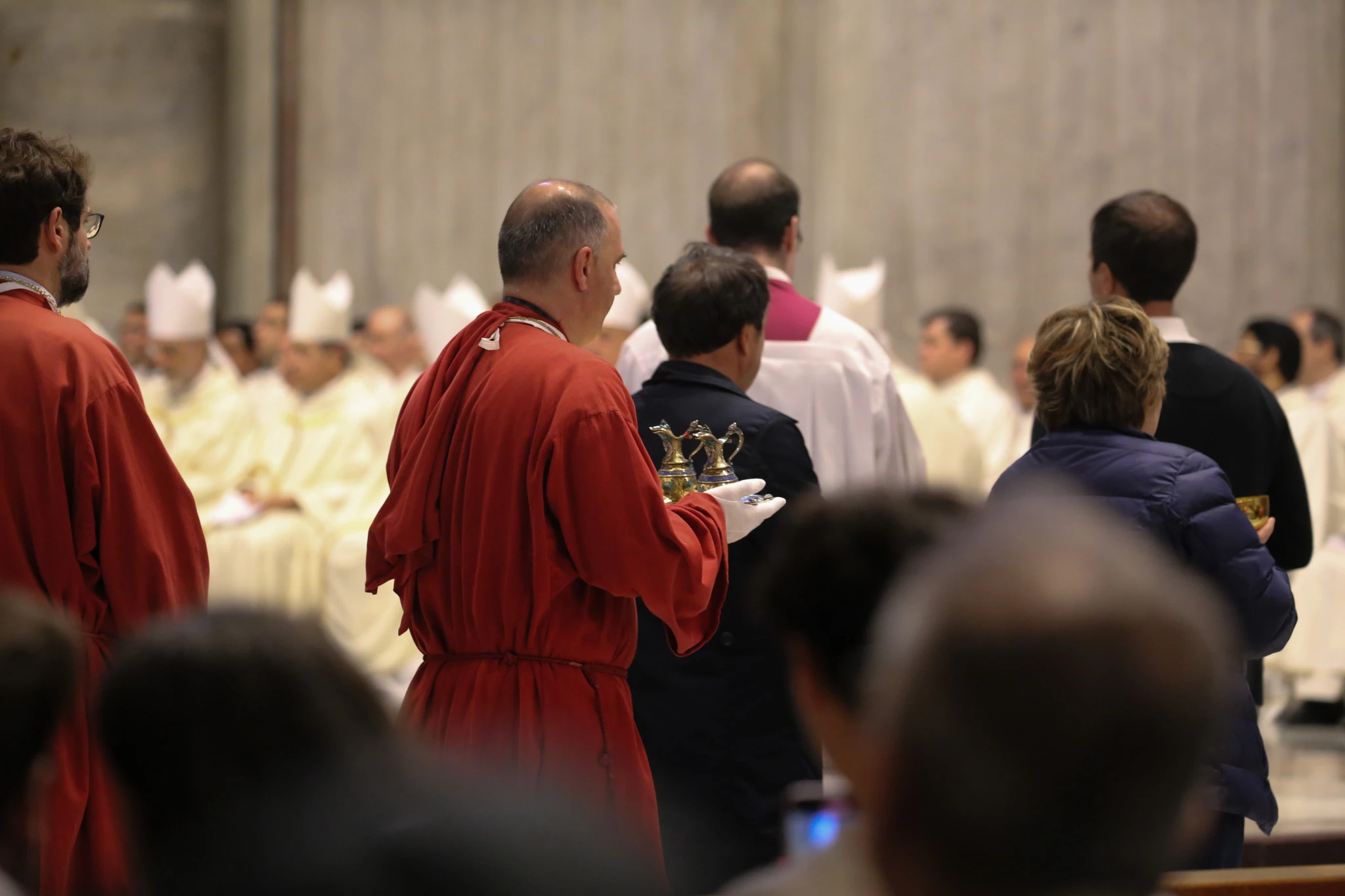
The prelate presided over the Mass in Coena Domini on April 17 at St. Peter’s Basilica, which included the traditional washing of feet ceremony with laypeople who work in or frequent the basilica.
“The world too often betrays us, hands us over, for some profit, economic or power-based,” Cardinal Gambetti said in his homily. “Against this logic — which fuels the conflicts of our time — stands a new kind of power, rooted in service and embodied by Jesus, the concrete expression of the ‘dynamism of proximity.’”
The cardinal began his reflection with the origins of Passover in Egypt, noting that the Jewish celebration arose not in triumph but “amid slavery, oppression, and suffering.” He explained the Hebrew term “Pesach” means “to leap, to protect,” illustrating how “God dances before homes to protect the humble and poor who trust in him, while death passes by.”
Drawing parallels between the first Passover and Christ’s own Passover, Gambetti emphasized that Jesus celebrated with His disciples amid hardship, “injustices, harassment, slander, illness, violence, fear, and solitude.” Yet Jesus “ardently desired intimacy and familiarity” with His followers despite knowing betrayal was imminent.
“The group around Him is human,” the cardinal said, “imperfect, diverse. Some impulsive, some proud, some fearful. But all of them are loved.”
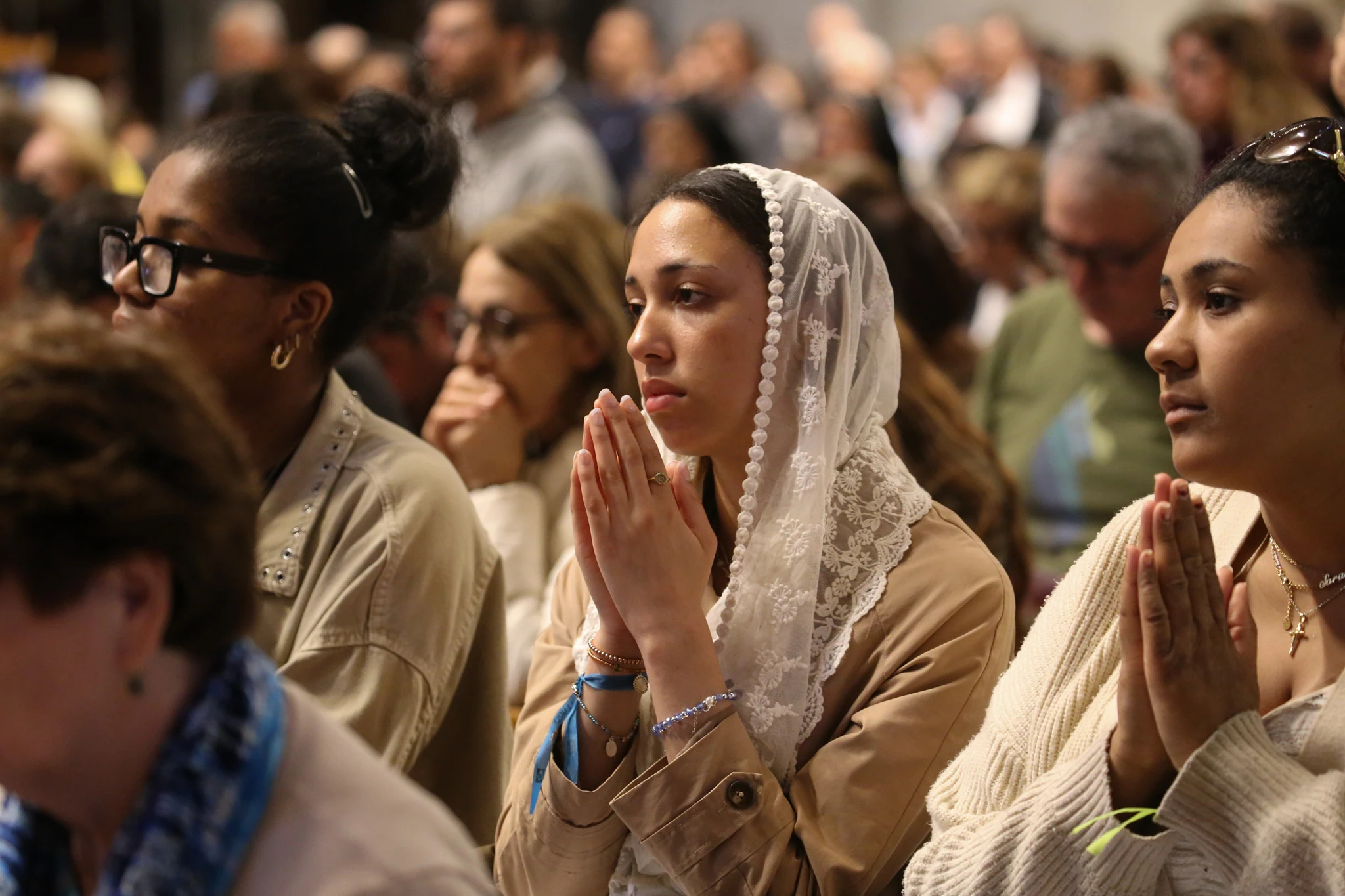
Cardinal Gambetti noted that contemporary society mirrors the ancient pattern of betrayal, where everything is commodified “on the basis of a cost-benefit relationship, for some profit, economic or power-based.” He lamented that compassion is lacking for “the marginalized, migrants, the environment,” while wars reflect “the decline, the concretion of conflicts and evil in the world.”
The cardinal pointed to Jesus as the antidote to both ancient and modern corruption. “The only thing that interests Him is love,” Gambetti said. “This is the only priesthood. He washes feet, even Judas’s feet. He washes my feet. He washes your feet.”
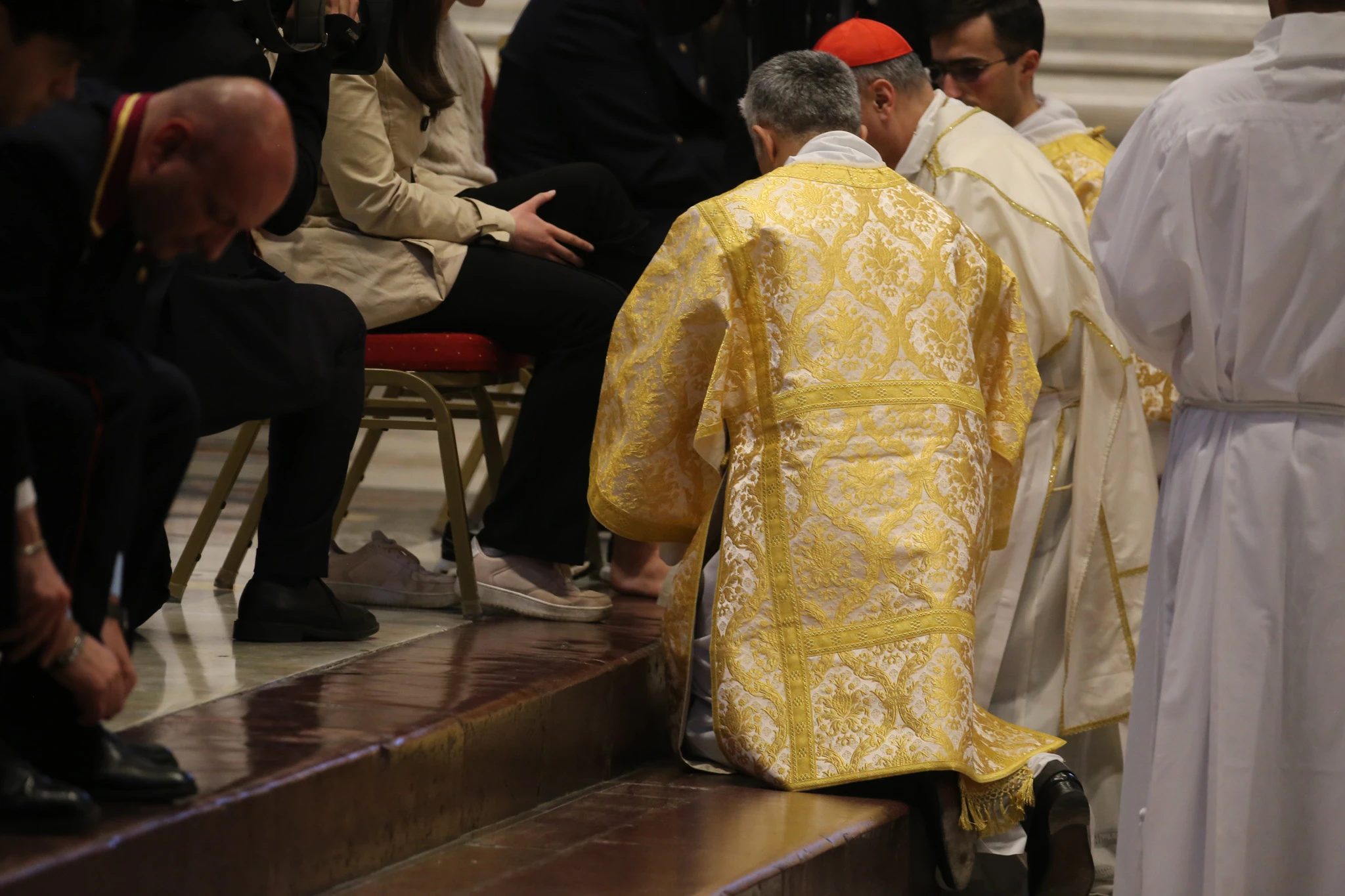
Following the final prayer, a procession led by Cardinal Gambetti accompanied the Blessed Sacrament to a chapel prepared for adoration, with the Cappella Giulia, the historic choir of St. Peter’s, singing “Pange Lingua.”
Vatican media noted that this musical tradition dates back to 1513, when Pope Julius II reorganized the ensemble that continues to preserve “note by note, the beauty of the liturgy.”
